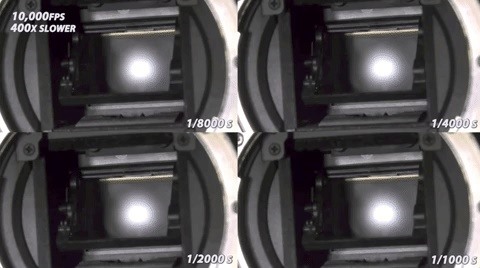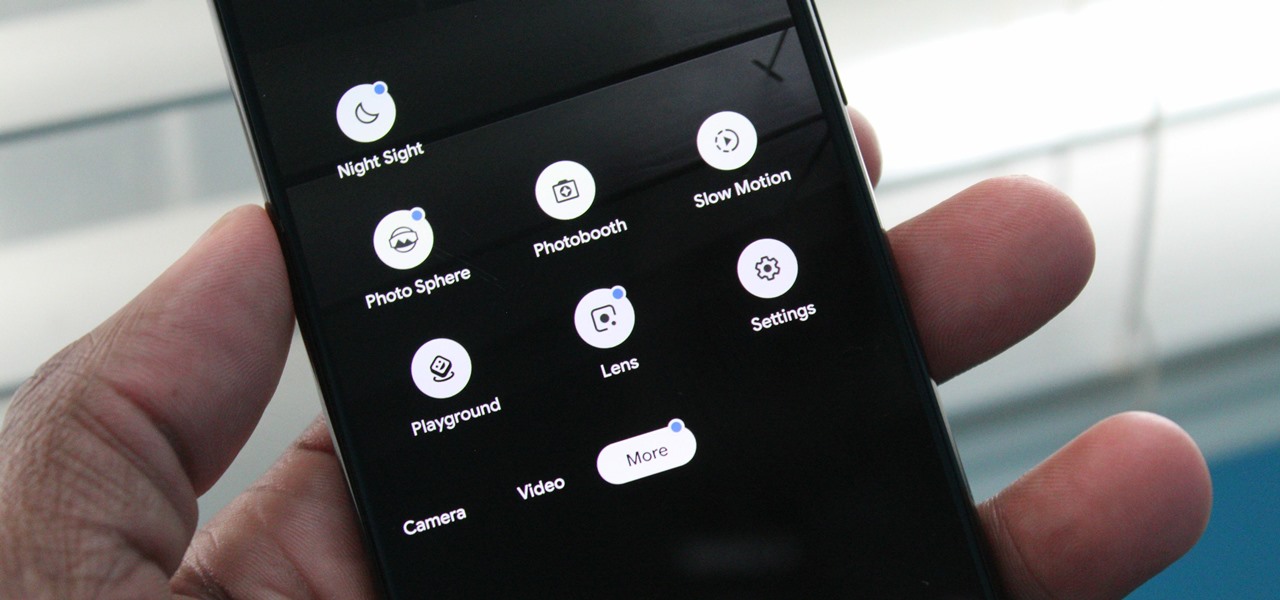
Nowadays, our phones are capable of just more than 30 fps video. Phones like the Galaxy S10 can shoot 4K at 60 fps, even on the front camera. Slow motion functionality has recently started to appear on more and more devices — but as you may have noticed, the quality of the feature differs from phone to phone.
There are a number of factors that come into play with slow motion. Specs that for the average users would be ignored while they take video in auto mode. But with slow motion, these specs are important to know. That because they dictate the performance of the slow motion video include how fast that action can be which you are slowing down. In addition, unlike regular video, it isn't the higher resolution is best as for some frame rates, there aren't any options when it comes to resolution.
Frame Rate
The single most important thing to slow motion capture is frame rate. Slow motion videos are typically created by filming an object at anything beyond 30 fps (frames per second), then playing the footage back at 30 fps.
For example, if you shot in 60 fps, then played the footage back at 30 fps, you would end up with 1/2-speed slow motion video. This differs from slowing 30 fps footage down to 1/2-speed in post-processing, as doing so would show each frame twice and effectively make the video 15 fps — whereas shooting in 60 fps and playing back at 30 fps would result in the same 1/2-speed video, but every frame would be a new image.
So obviously, you want a camera with a higher frame rate. Often, this spec is called "shutter speed" when it applies to still photography instead of video, but it's the same concept. Look for a phone with at least 240 fps recording, ensuring you'll get 1/4-speed slow motion when played at 60 fps or 1/8 speed when played at 30 fps. However, some phones today can shoot as high as 960 fps (marketed as "super slow motion"), like the Galaxy S10 or Sony Xperia 1.

But to expand on the concept, shutter speed is the amount of time the digital sensor inside the camera is exposed to light when capturing a photo or video. The faster the shutter speed, the less light reaches the sensor, requiring more external light to properly expose the source. This is why for super slow motion video (960 fps), it's critical that the source is well-lit.
Depending on the lighting, you need to choose the right frame rate for the best experience. Ideally, you will usually want the super slow motion, but if lighting isn't adequate or you need to capture more than half a second (more on that later), you might want to use a different option.
Resolution
The next important specification to be aware of is the resolution each slow motion setting will record in — for example, 240 fps at 720p. Recording your slow-mo clips at a higher resolution like 1080p will capture more detail and thus have better video quality. However, with the increased pixel depth comes larger file size, which can quickly exceed the capabilities of current smartphones.
Phone processors have to be energy-efficient to make sure your battery can last all day, so they're usually not the most powerful. Processing every bit of information in a high-resolution video in real-time becomes an even harder job when you're asking the chip to render a full 2-megapixel photo 240 times every second. This is why most smartphones are limited to 120 fps when recording at 1080p.
Currently, the Qualcomm Snapdragon 855 is processor of choice for Android flagships in 2019. It's an "SoC," or System on a Chip, meaning it includes ancillary processors like the GPU and image signal processor (ISP) used in videography. While this is a top-of-the-line chip, it's limited to 120 fps at 1080p. It is capable of both 480 fps and 960 fps, but at 720p and only for a limited amount of time.
This limitation is shared by both Apple's A series and Huawei's Kirin chipsets. Therefore, consider the medium you are sharing this video on. If your audience will be watching on a larger display such as a television, 720p won't look great with many having upgraded to 4K (2160p) models. However, for a more mobile audience, 720p won't look nearly as bad.
Duration
While not a hardware spec, an important consideration for any slow-motion video is the duration of the event. As mentioned previously, our phones are not designed for super slow motion video. For iPhones users, slow-motion videos are limited to 1080p at 240 fps, which is all the A12 chipset is capable of capturing in real-time. Therefore, you can record at 1/8-speed up to the amount of internal storage you have. This is the same for most Android flagships, as well.
But what about super slow motion? Only a handful of Android phones supports this feature, and in the US, it's limited to Sony and Samsung. Both companies use a Qualcomm Snapdragon 800 series SoC in their phones and are both therefore subject to the same limitations.

Currently, super slow motion video is made possible by taking advantage of the DRAM buffer. This buffer can temporarily store uncompressed video, which the phone initially uses for 480 and 960 fps videos. Once this buffer fills up, the video ends and the phone converts this to storable file on the internal storage.
This buffer isn't that large. Uncompressed super slow motion quickly eats up this limited storage. As a result, on the Qualcomm Snapdragon 845 (2018 flagships), you are limited to 0.4 seconds at 480 fps and 0.2 seconds at 960 fps, both of which are recorded at 720p. While the Qualcomm Snapdragon 855 doubles both durations, we are still talking about less than one second of action.
Stabilization
Even when the duration is limited, having a steady hand is key to capturing a great action video. While filming in slow motion, movement of the camera body isn't as noticeable compared to recording in 30 fps, but it can still ruin a video if the movement is too great.
One counter to this is video stabilization. While optical image stabilization helps a bit, when it comes to video, the bigger factor is electronic image stabilization (EIS). With EIS systems, the phone detects motion from your hands and uses this data to re-center frames as they're being captured. It's a lot like using stabilization tools in video editors, but it's more effective and causes less distortion because it's working in direct response to movement from your hands captured by your phone's sensors.
The problem is, many phones don't include this feature in their super slow motion modes. This means the only stabilization available is OIS, which again, isn't as effective for videos. So we strongly recommend using a tripod if you know you will be capturing a lot of super slow-motion videos, which will even help with regular speed videos.
Aperture
Finally, there is aperture. Aperture represents the opening of the lens' diaphragm which lets lights pass through. Depicted as f-stop (e.g., f/2.2), a lower the number equals a larger aperture, which translates to more light being captured by the sensor.
Because light is so crucial with slow-motion capture, having a phone with a large aperture will help in situations when lighting isn't the best. While the high shutter speed limits the amount of the light the sensor is exposed to, a higher aperture can help mitigate some of this by providing a larger opening each time the sensor opens.
This article was produced during Gadget Hacks' special coverage on smartphone-based video creator tips for filming and editing. Check out the whole Videography series.
Just updated your iPhone? You'll find new emoji, enhanced security, podcast transcripts, Apple Cash virtual numbers, and other useful features. There are even new additions hidden within Safari. Find out what's new and changed on your iPhone with the iOS 17.4 update.























Be the First to Comment
Share Your Thoughts